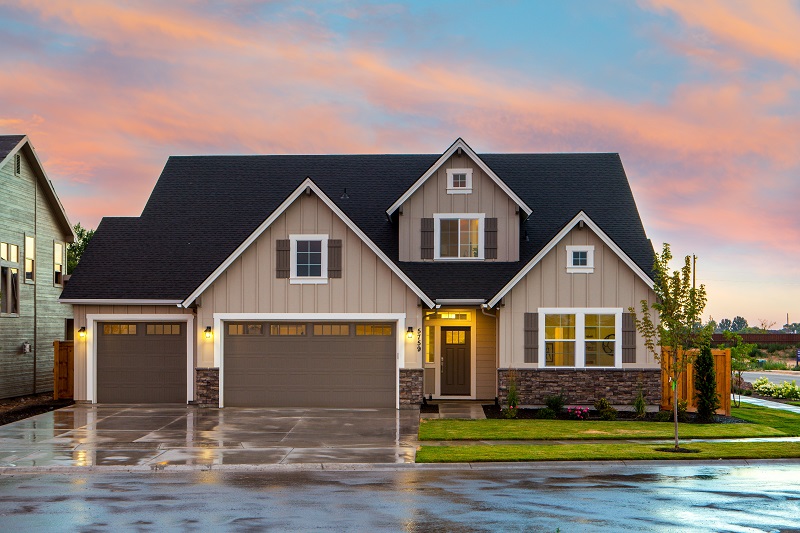What You Need to Know About Mold & Your Home
We all know that mold is something that you do not want inside of your house as there are many negative health effects associated with mold. Some of these health effects include coughing, wheezing, sore throat, stuffy nose, and many more. Especially those with allergies, lung disorders, or those individuals who are immune compromised.
What is mold?
Mold is a type of fungus that can grow in any wet and dimly lit environment that can take the form of more than 100 different types. These tiny organisms can live both indoors and outdoors with the ability to reproduce through spores that travel through the air. Unfortunately, we are exposed to mold every single day, but there are ways to combat the growth of mold in your home.
Common types of house mold
There are many different types of house mold. While some may not be as hazardous as others, it is still important to find this mold and remove it to prevent any future growth. Here are some of the most common types of mold that you may find in a house:
Alternaria
This type of mold is found both indoors and outdoors. In particular, it grows outside and then the mold spores are carried into the house by something such as a shoe or a pet. Alternaria is most commonly found during the spring and summer months, however, it can survive all year long. Inside your home, it will be found frequently in the air floating around on days that are windy and dry. It can also attach to things in your house such as furniture, clothing items, houseplants, shower, and attic to name a few. While it cannot always be seen with the naked eye, it could still be in your home in some of these places.
Aspergillus
This type of mold is typically found in air conditioning units or growing on food in the house. This is usually the mold that is found on grains, vegetables, spices, and other food products that have been exposed to moisture and high humidity levels. Inhaling this mold has minor health effects in comparison to the Alternaria mold, but any food should be immediately disposed of if mold is growing on it.
Cladosporium
This type of mold is what you will find growing in your bathroom areas and other usually damp areas of the home. The appearance of this mold looks like speckles of black pepper on a surface such as tile or a toilet. Even though it is not toxic, it can still trigger many allergic reactions in people and cause minor breathing problems.
Other types of mold
- Aureobasidium
- Chaetomium
- Fusarium
- Penicillium
- Stachybotrys Chartarum
- Serpula Lacrymans
- Trichoderma
- Ulocladium
For more information on other types of house molds, please visit this resource. It is always recommended to consult with a professional before trying to remove any of these types of molds on your own as they can be toxic and harmful to you and your family’s health.
How does a house get mold?
There are many different places where mold can grow in the home. Especially in any spot of the home that has moisture around to begin mold production. Therefore, almost anywhere that can collect moisture is a breeding spot for mold to grow. It is also possible for mold to be brought in from outdoors, like the Alternaria mentioned previously. Some of the most common places for mold to grow in the home include, but are not limited to:
- Windows
- Vents
- Ceiling Tiles
- Carpet
- Attics
- Wood Surfaces
- Drywall
- Insulation
- Crawlspaces
- Upholstery
How to prevent mold from growing in the home
Mold remediation paired with indoor air quality improvements is the best way to prevent mold from growing in your home. This is a process of finding each place in your house that mold is growing and safely removing the mold from these areas. After removing the mold, addressing the source of moisture will help to ensure the mold does not return. This process can be difficult and takes time to ensure that the mold is entirely removed, and the areas are properly cleaned and sanitized. The last thing you would want as a homeowner is for mold to grow back after this process. That is why this process can be time-consuming and tedious to find each place in your house where mold is growing, carefully remove it, and install preventative measures. Contact us today if you are interested in finding out more about mold remediation!
